I’ve experimented with numerous coconut oil jars over time. My family has incorporated it into everything from coffee to homemade toothpaste and sunscreen. A particularly favored use is in skincare and personal care items, including simply applying coconut oil as is. Below are three delightful coconut oil body lotion recipes that I highly recommend!
The Benefits of Coconut Oil for Skin
Coconut oil, derived from the Cocos nucifera plant, is rich in saturated fatty acids, contributing to its creamy taste in baking and cooking. Additionally, it contains high levels of lauric acid, which our body converts into monolaurin, a compound known for its mild antimicrobial, antiviral, antibacterial, and antifungal properties when applied to the skin. Coconut oil also acts as a moisturizer, leaving the skin soft and forming a protective layer.
While mineral oil and petroleum jelly are common skin moisturizers, coconut oil is a natural lipid emollient that hydrates dry skin, making it softer and smoother. Research suggests that it can also help repair skin damage, fight infections, and accelerate wound healing. Its natural antifungal and healing properties make it beneficial for acne-prone skin.
Moisturizing Lotion for Eczema
Some dermatologists suggest using petroleum jelly on eczema-affected skin to form a barrier, although this might not be ideal for everyone. Coconut oil is an excellent alternative for those seeking natural ingredients. A study in 2008 compared coconut oil to olive oil for treating atopic dermatitis (the most prevalent eczema type). Results showed virgin coconut oil reduced skin symptoms and helped combat skin fungi and viruses. Initially, many participants had staph bacteria on their skin, but after using coconut oil, only one participant still had the bacteria.
Who Should Consider Using Coconut Oil?
Coconut oil can work wonders for the skin but isn’t suitable for all skin types. Some might find it too drying, especially on its own, which is why blending it with other ingredients can be more effective. People with oily skin or prone to clogged pores might find it exacerbates their condition. However, as a body moisturizer, it’s appreciated by many, particularly those with eczema or sensitive skin. Allergies to coconut oil remain rare, although coconut milk and meat allergies are increasing. It’s advisable to test a small amount on your inner wrist to check for reactions before using coconut oil-based skincare.
Ingredients That Pair Well With Coconut Oil
While you can apply organic coconut oil directly to your skin, many prefer blending it with other ingredients for enhanced skincare benefits. For homemade or purchased coconut oil lotion, consider adding these nourishing components:
- Cocoa butter
- Vitamin E (an antioxidant)
- Shea butter
- Jojoba seed oil
- Glycerin
- Aloe vera
Infusing coconut oil with calming herbs like lavender, calendula, and chamomile is also an option.
Finding and Buying Coconut Oil Lotion
If DIY coconut oil lotions aren’t for you, there are quality store-bought versions available. Always read labels carefully to avoid harsh ingredients. Opt for cruelty-free products without parabens, sulfates, or phthalates. Some natural items may contain preservatives like phenoxyethanol, which can be harsh on the skin. Consider a whipped body butter featuring coconut oil and shea butter for a clean ingredient profile.
Choosing Between Refined and Unrefined Coconut Oil
If you’re interested in trying coconut oil for skincare, you might wonder which type is best. Unrefined (virgin) coconut oil is extracted from fresh coconut meat, whereas refined coconut oil lacks a strong coconut scent due to being made from dried coconut. Both types can be effective, but virgin coconut oil is generally preferred in skincare formulations. Be cautious with refined oils, as some brands use chemical processing. Look for healthier options that are expeller-pressed and steam-deodorized.
Coconut Oil Lotion Bars
Due to coconut oil’s solid state at temperatures below 76 degrees, it makes an ideal ingredient for lotion bars. These bars hydrate dry skin without requiring any liquid, making them highly moisturizing. Use them on dry skin after showering, exploiting the warmth of your skin. Variation can include lotion bar sticks, which are convenient for travel and less messy. The basic lotion bars contain coconut oil, beeswax, and essential oils, while the bar sticks may also include shea butter.
Luxurious Homemade Lotion
Similar to the lotion bars, this homemade lotion recipe excludes liquids, resulting in a highly nourishing product with a longer shelf life (6-12 months). Customize it with your preferred essential oils. Adjust beeswax for a firmer texture or incorporate a liquid oil like almond oil for a smoother consistency.
Magnesium-Infused Body Butter
Magnesium is another favorite topic of mine. I make magnesium oil, which has significantly helped restore lost magnesium levels and aid my kids in getting better sleep. During pregnancy, it even helped avoid morning sickness. Magnesium oil can, however, be drying and irritating if there’s a deficiency. Converting it into magnesium-infused body butter provides magnesium benefits while also moisturizing the skin to prevent dryness. My children prefer this version, applying it or magnesium oil to their feet at bedtime.
Do you use coconut oil for your skincare routine? What are your favorite uses? Feel free to share!


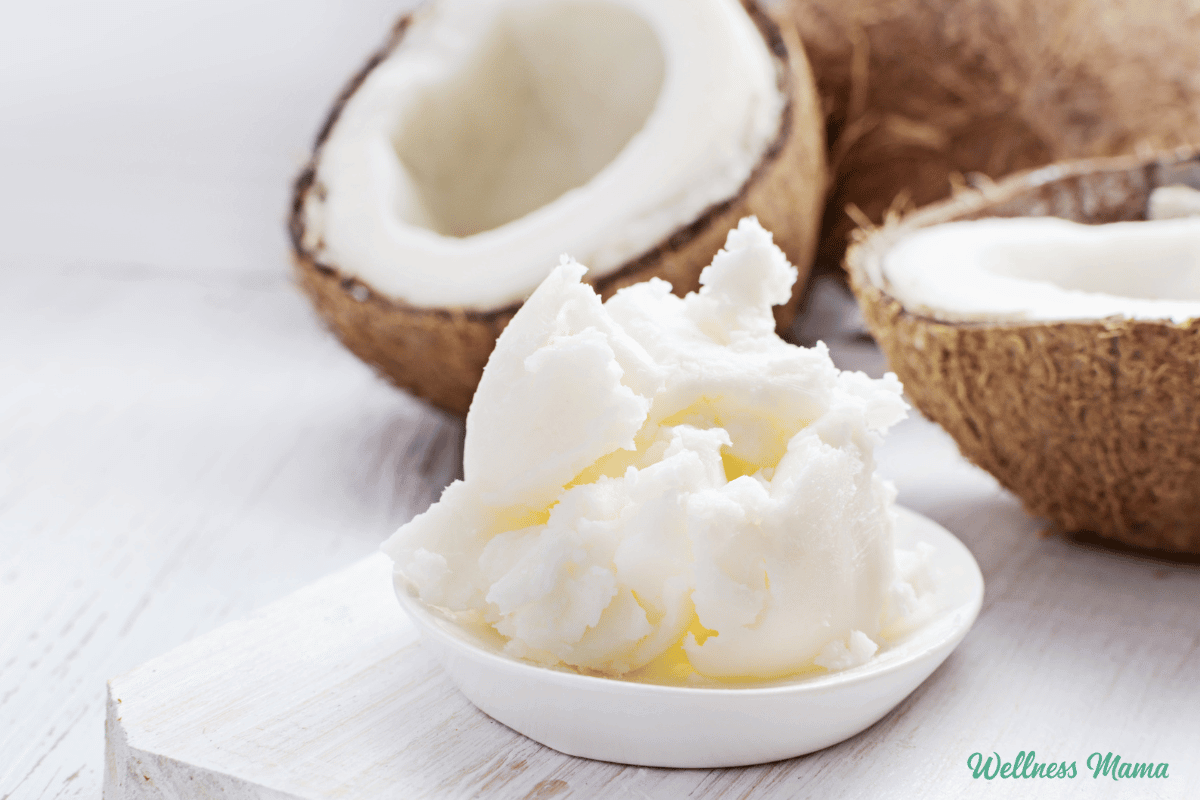
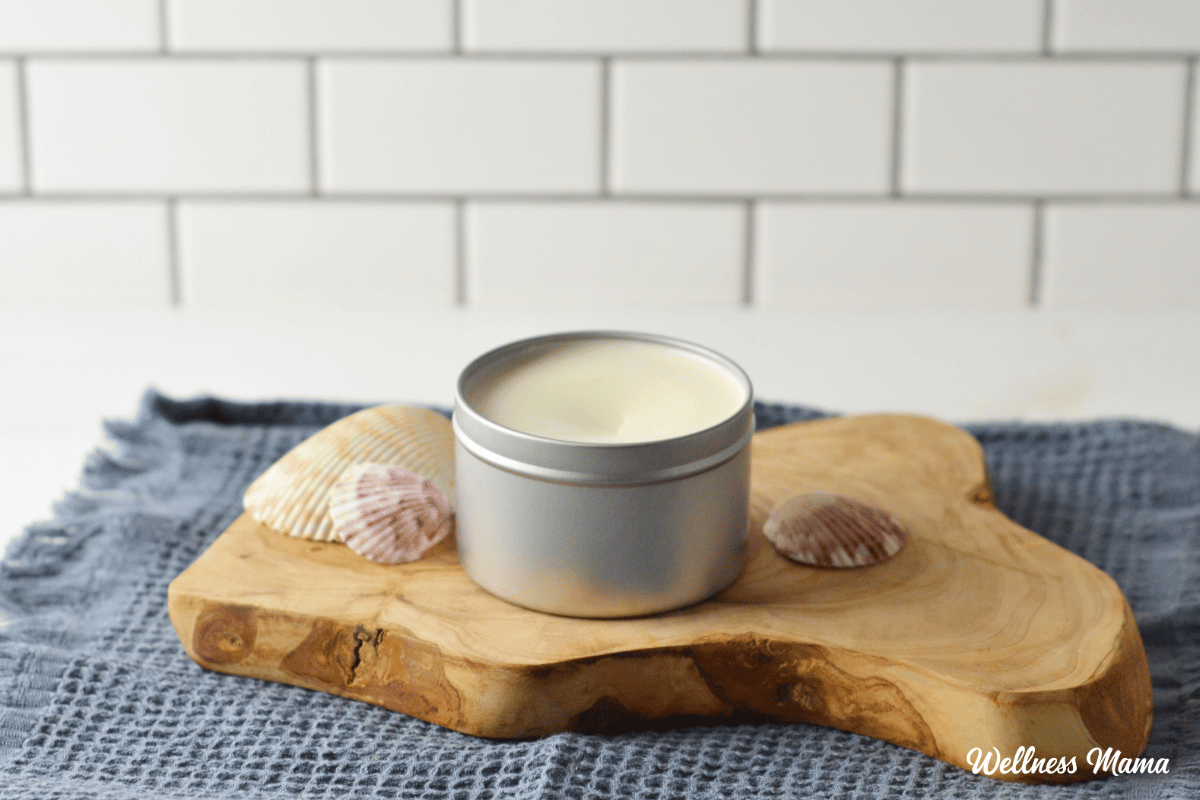
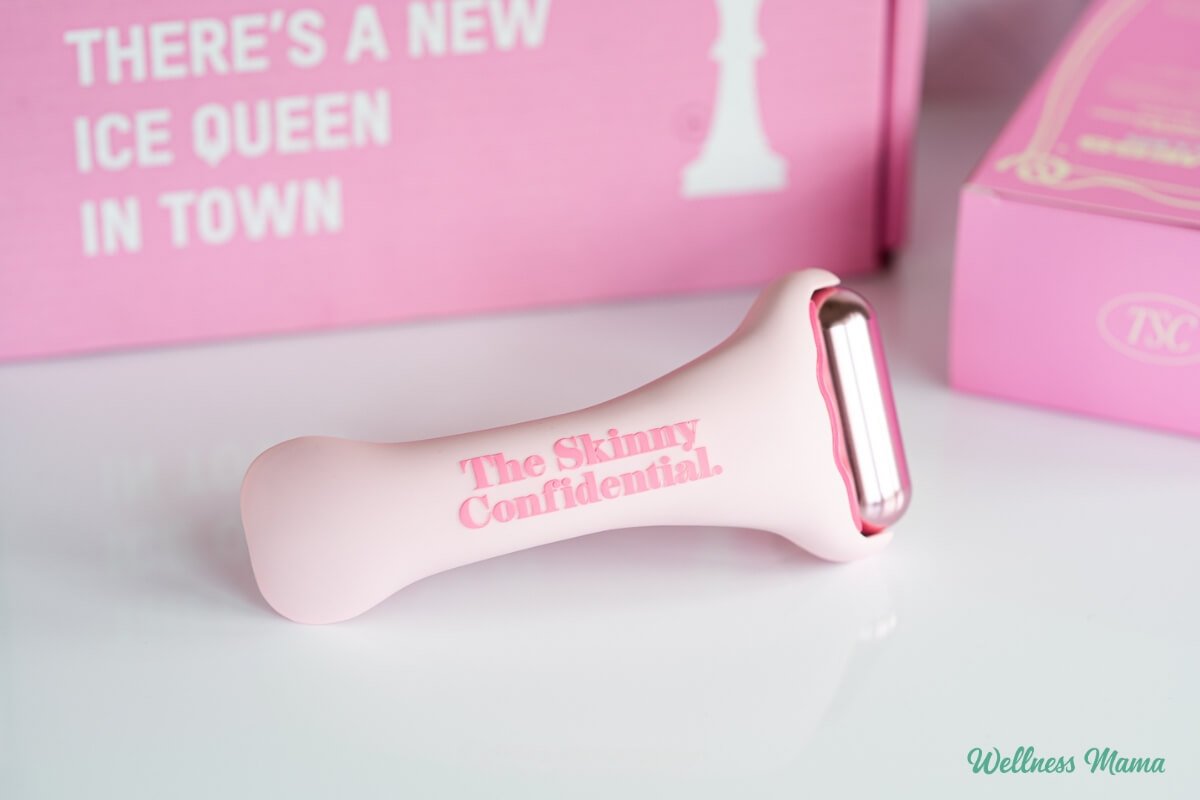
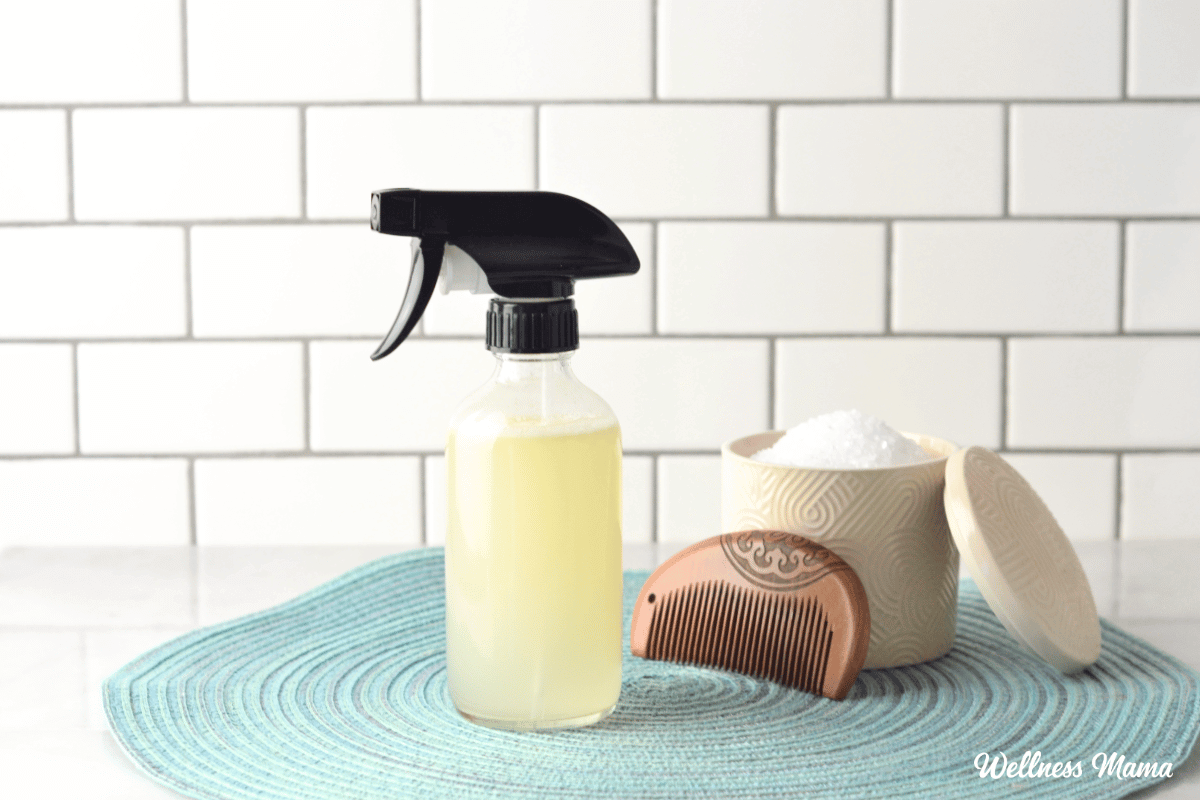
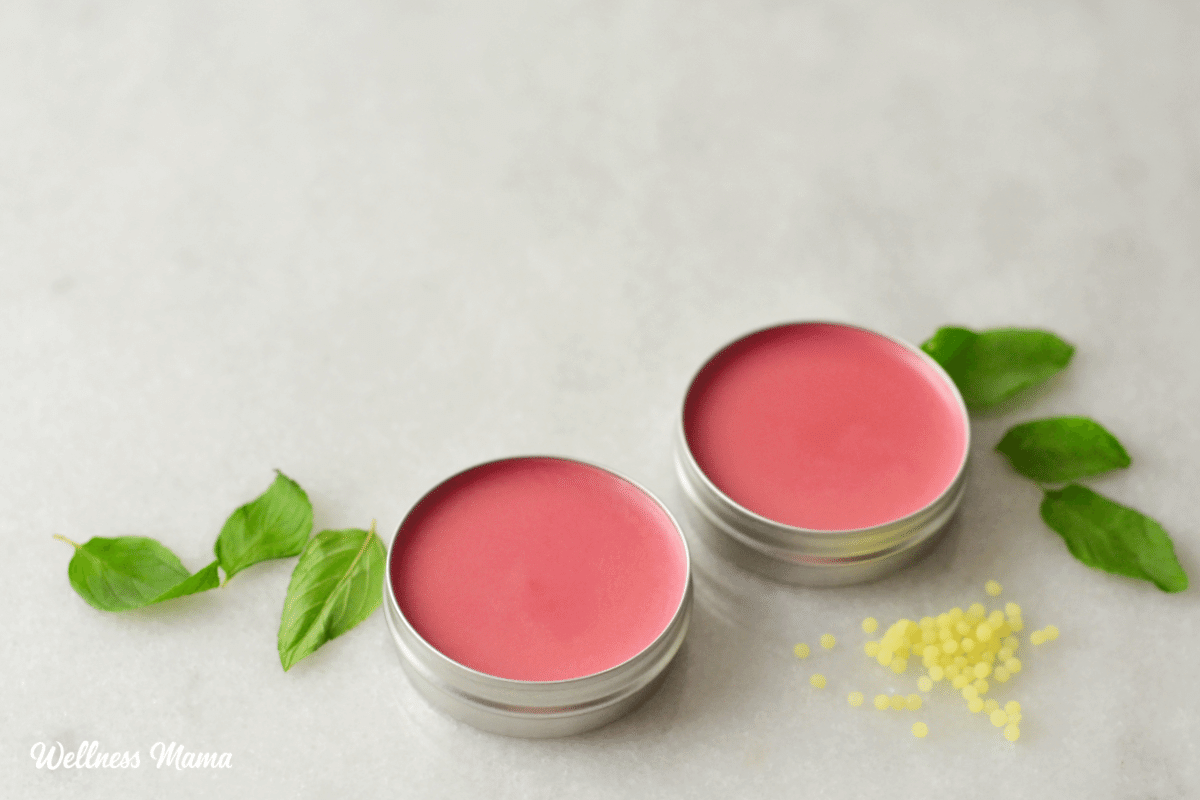
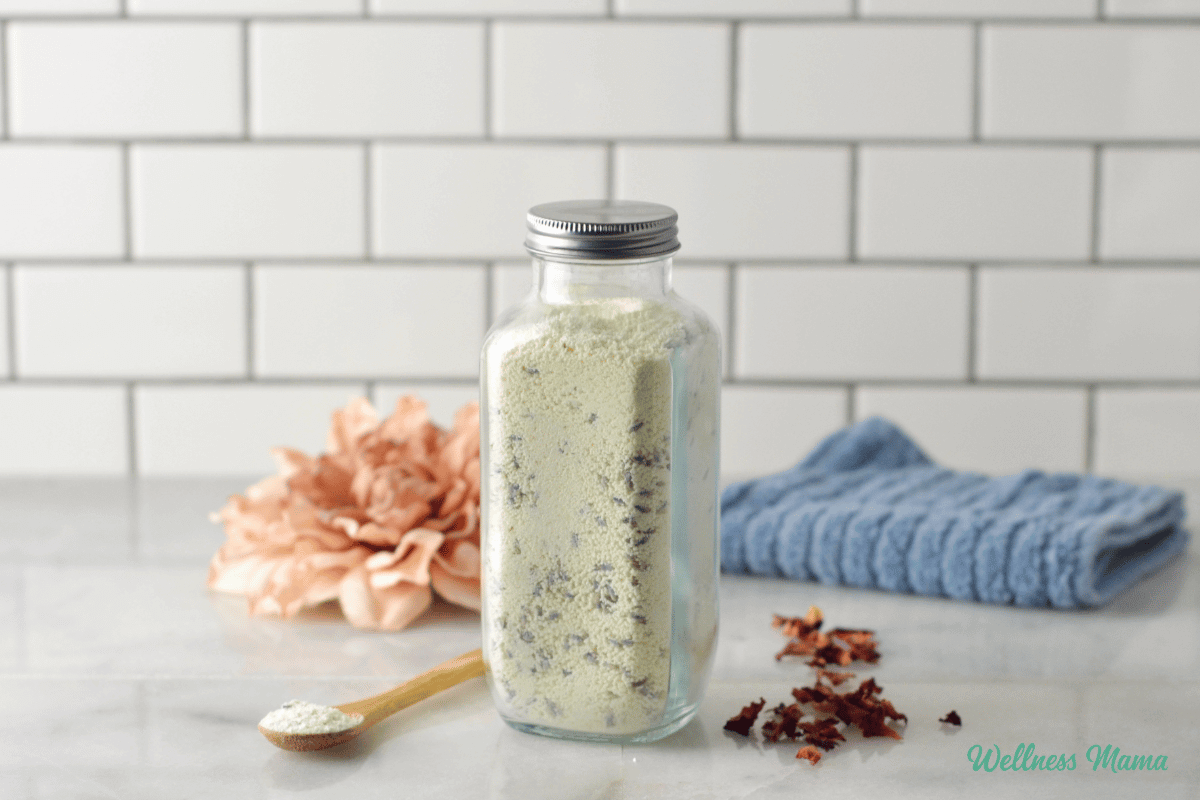

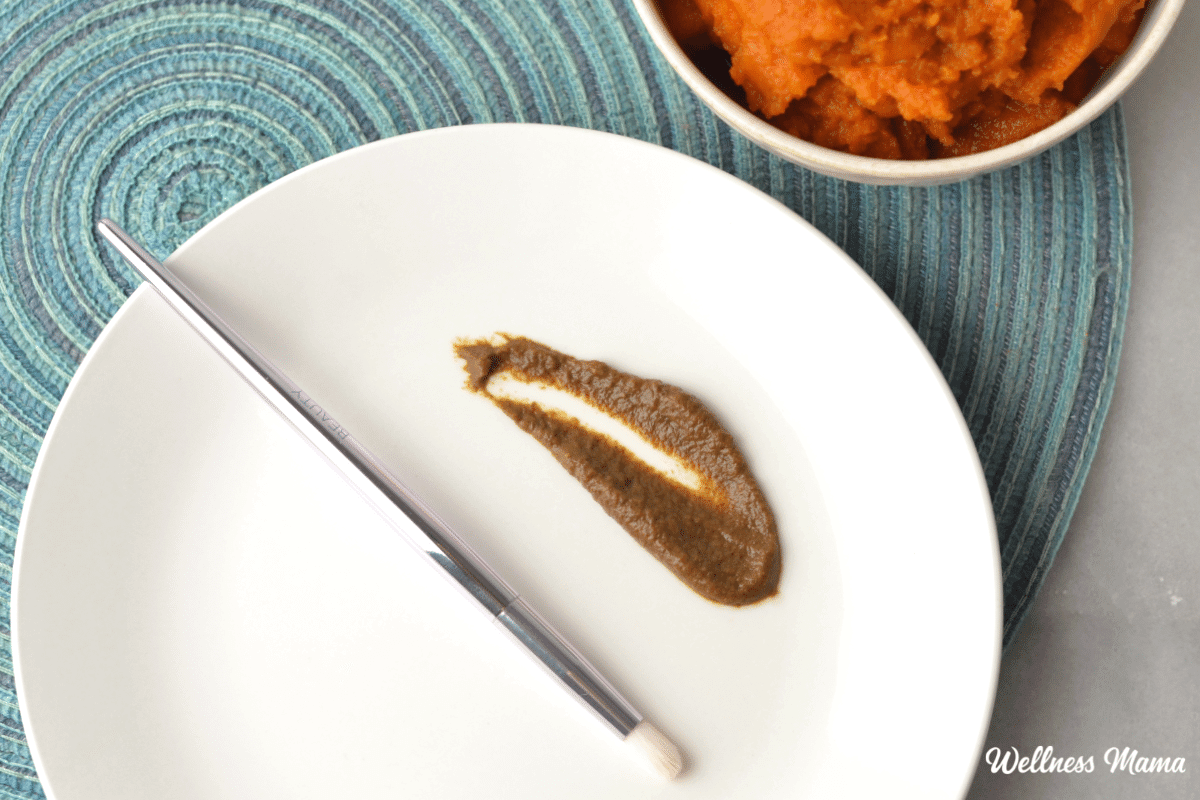


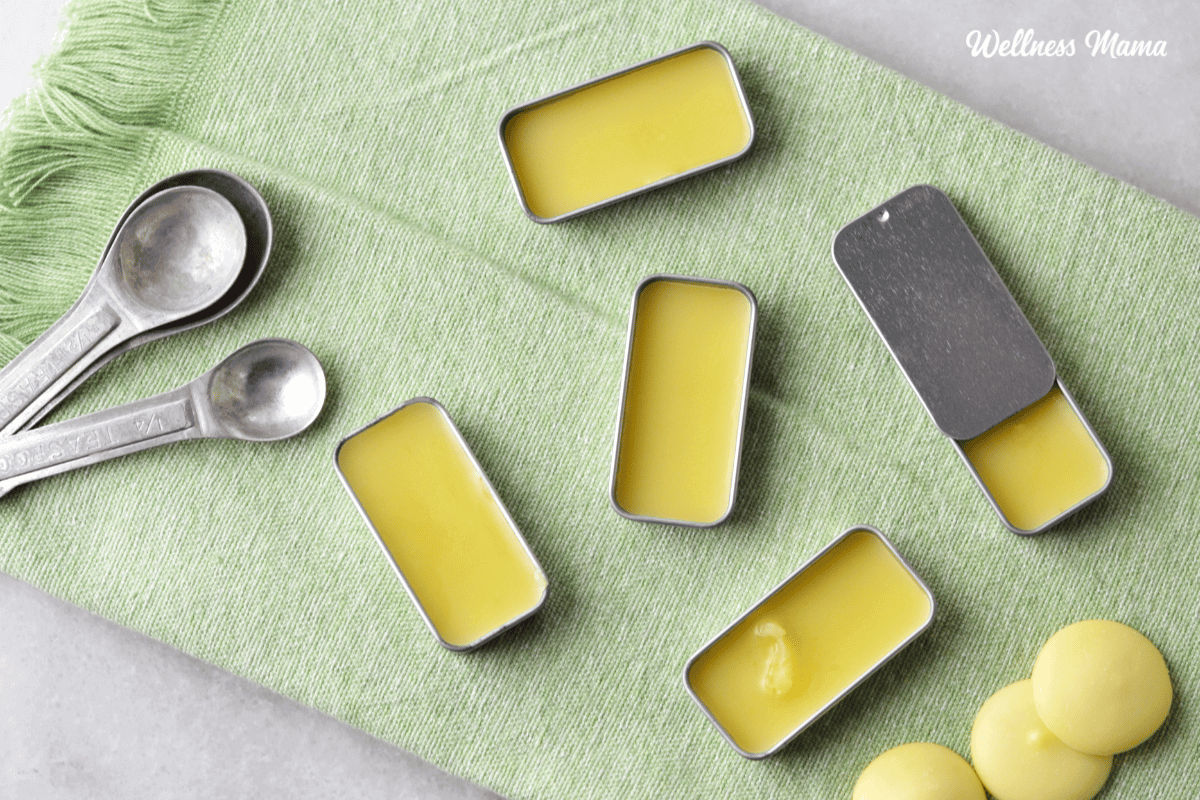

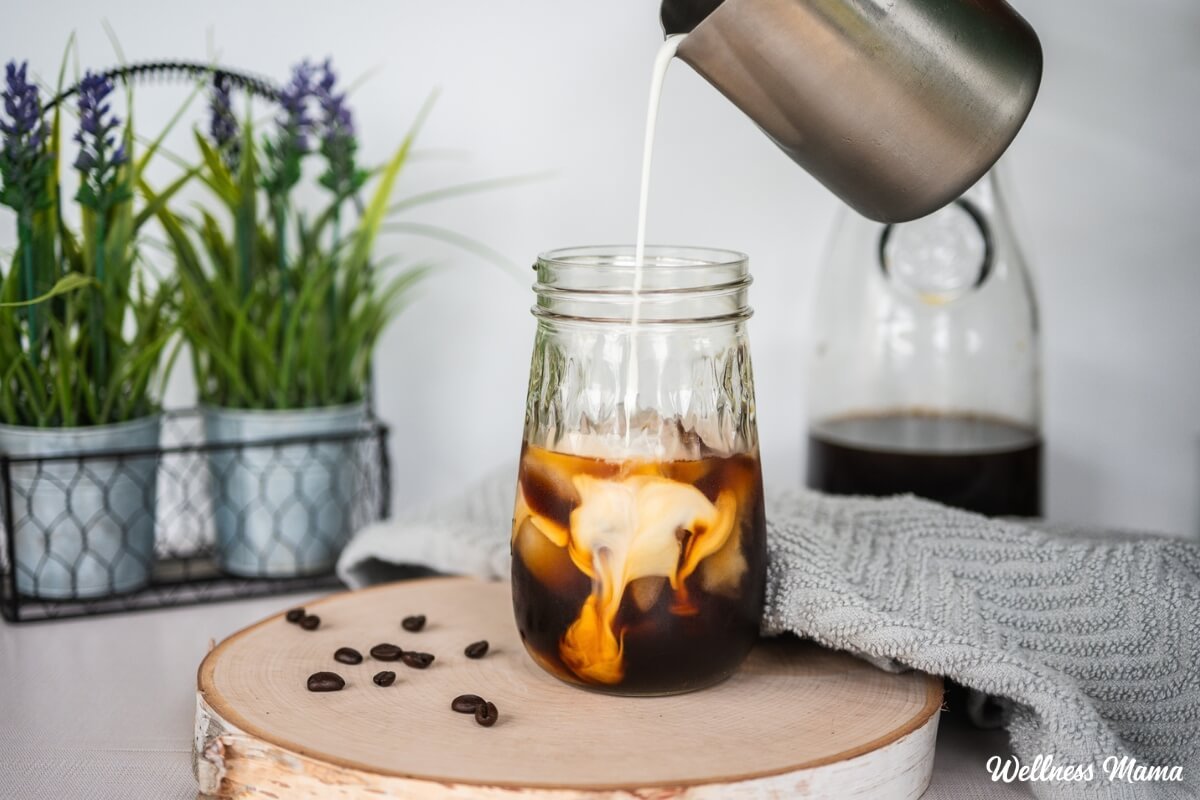
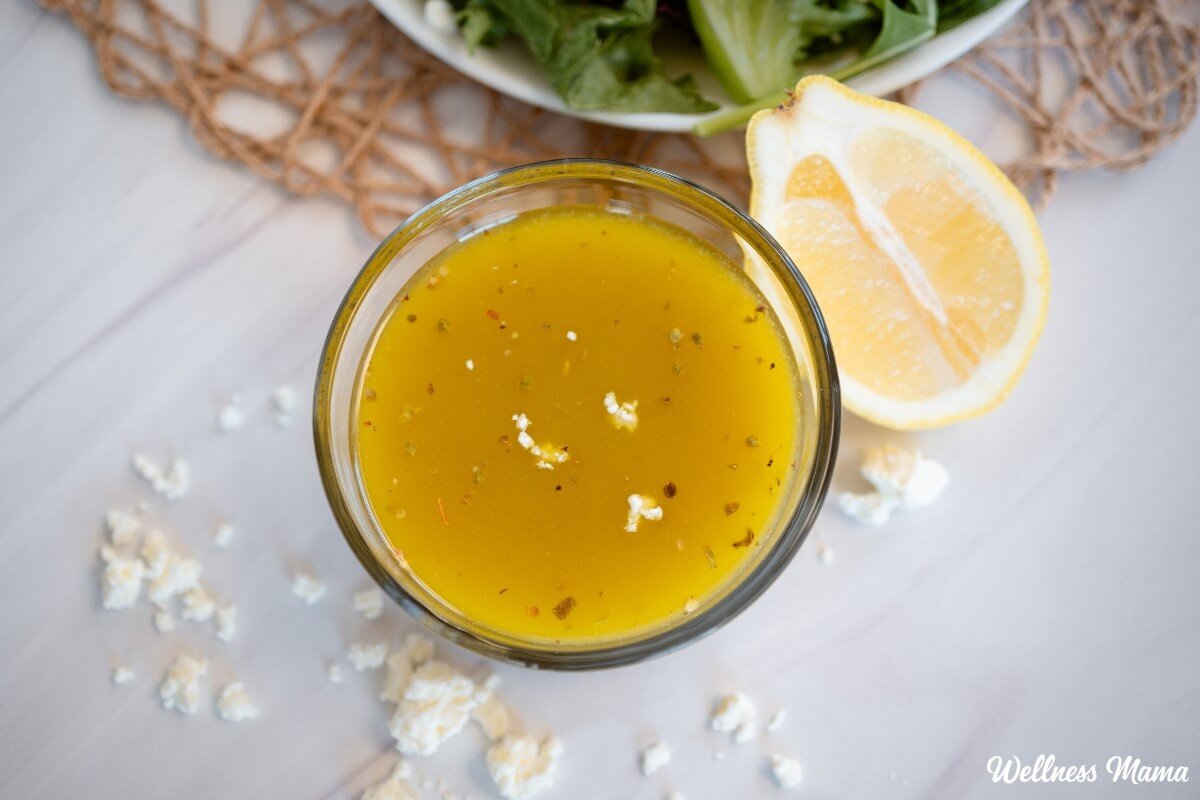
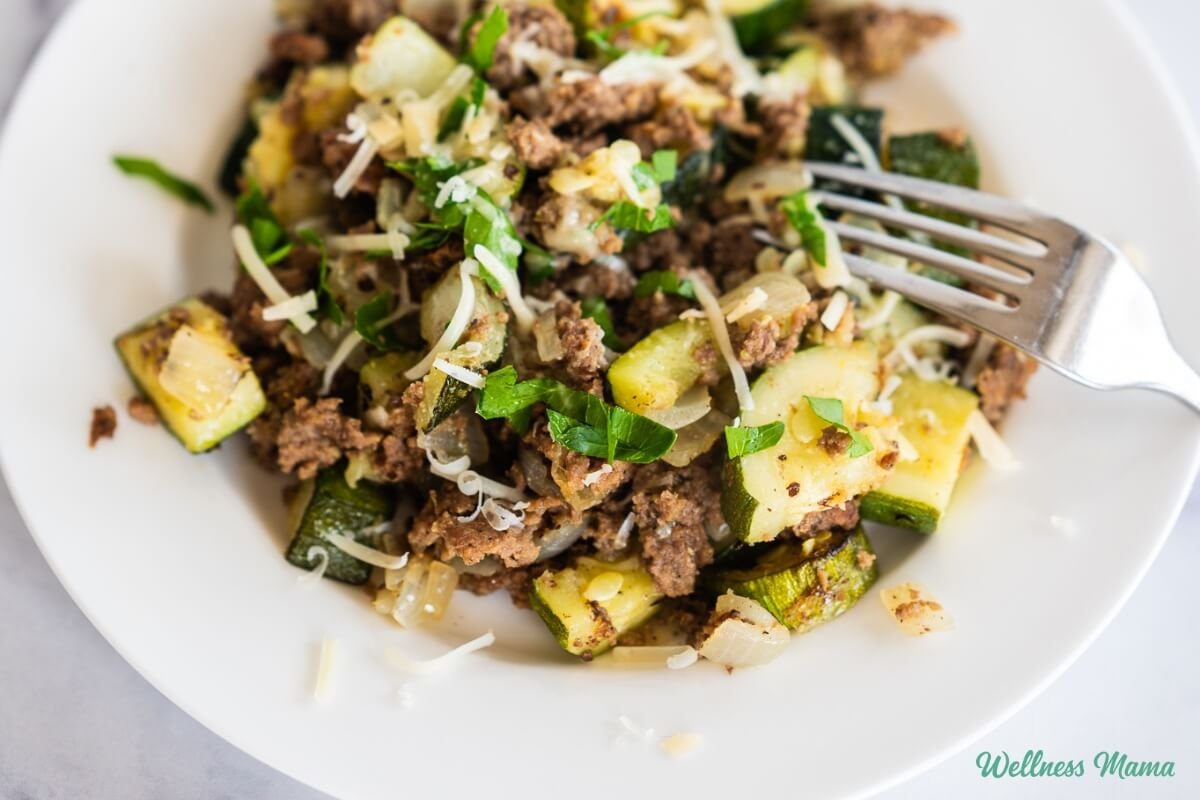
Leave a Reply